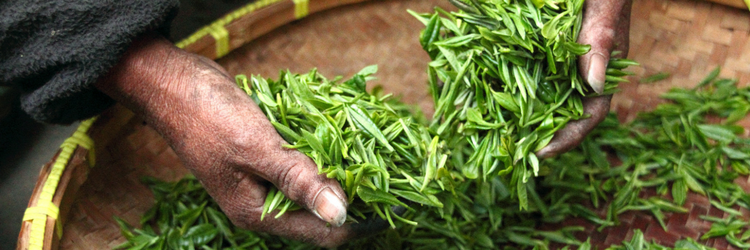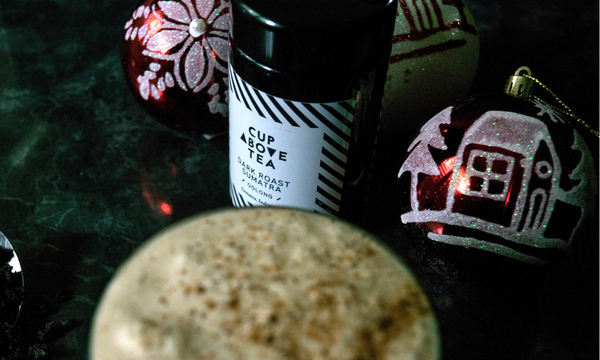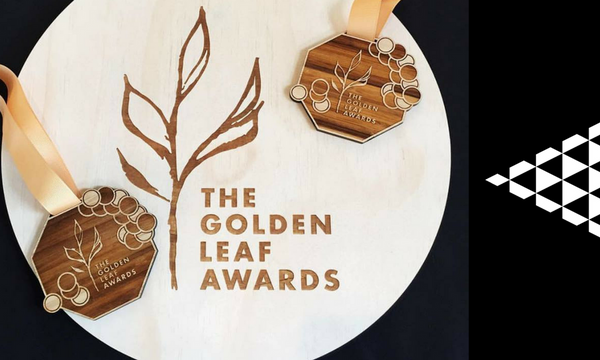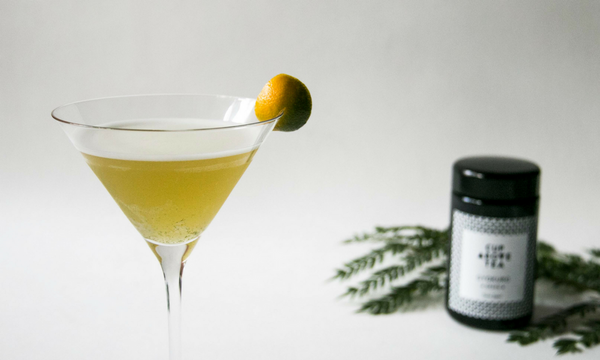The secret about herbal 'tea' that almost nobody talks about

Are you guilty of calling just about any beverage made from hot water and some form of leaf, spice or flower addition tea?
If so, it’s time to stop.
Tea and tisanes - the very important difference
Let’s be clear. Peppermint, chamomile, lemongrass and ginger - none of them are ‘tea’. Not even if they come packaged in a tea bag.
For a beverage to truly and accurately be called tea it must contain leaves from the Camellia Sinensis plant. There are two Camellia Sinensis varietals, the first is Camellia Sinensis var Sinensis (originally native to China) and the second is Camellia Sinensis var Assamica (originally native to India).

All tea comes from the Camellia Sinensis whether it is black, green, white, yellow or oolong, just like all wine comes from grapes.
The confusion starts when people (and many tea merchants are guilty of this too) unknowingly classify fruit, herb, flower and spice-based blends as tea. If there is no Camellia Sinensis, you are actually referring to a tisane, not a tea.

It’s also acceptable to refer to these types of beverages as herbal infusions, but the technical industry appellation is tisane. The word ‘Tisane’ is French (pronounced tee-zahn) and translates to herbal infusion. The difference between tea and tisanes is generally very well understood in France.
Most tisanes are caffeine free, while all tea contains some of of caffeine. Even teas marketed as ‘decaffeinated’ still have remnants of caffeine because it’s impossible to process it out entirely.
Just about any flower, fruit or herb that can be steeped in water and ingested can be classified as a tisane. Then you also have other sub classifications like Roobois (native to South Africa), Honeybush (a cousin of Rooibos, cultivated in South Africa's Eastern Cape region) and Yerba Mate (native to South America).
Both tea and tisanes have a number of reported health benefits (many that should be taken with a grain of salt and some healthy scepticism) herbal infusions can also present a number of side effects when consumed in relatively high quantity, so it’s important to be aware of this and any associated impact this could have on medications or existing health conditions.
While it might seem like semantics, calling a tisane a tea disrespects the layers of craftsmanship and lifetime of skills that tea masters utilise in the production of a true tea. It’s for this reason that we are committed to gently reminding people that a tisane and a tea are two different things entirely. The two are not created equal and it’s important for tea beginners, tea lovers, tea connoisseurs and especially tea merchants to know and respect the difference.

Leave a comment
We would love to hear what you think. Leave us your thoughts on this article.
You Might Also Like...

Homemade Eggnog Infused with Oolong Tea
Oolong Tea Eggnog - the perfect festive tea-infused treat for the holiday season. It's quick, easy and screams Christmas!


